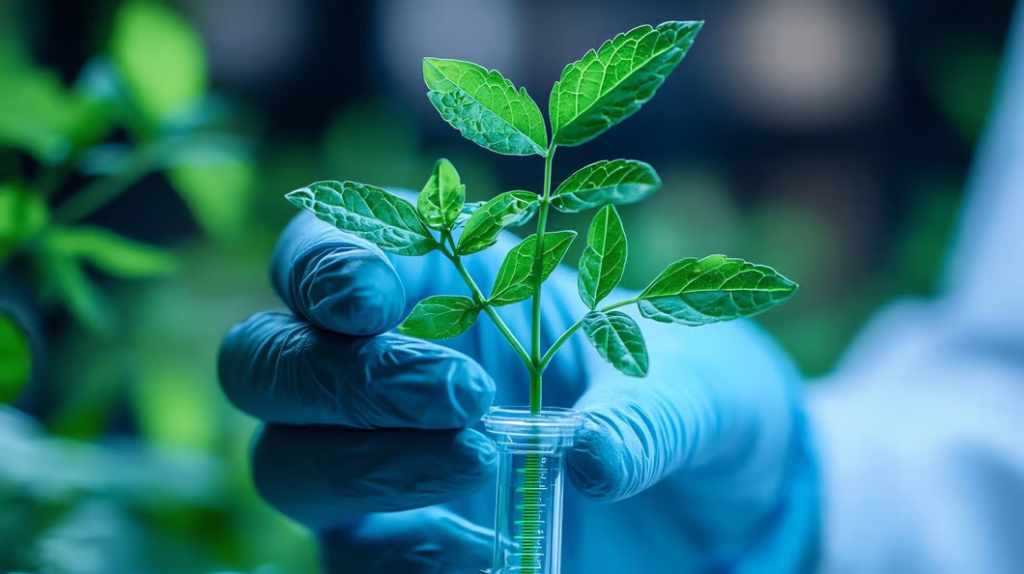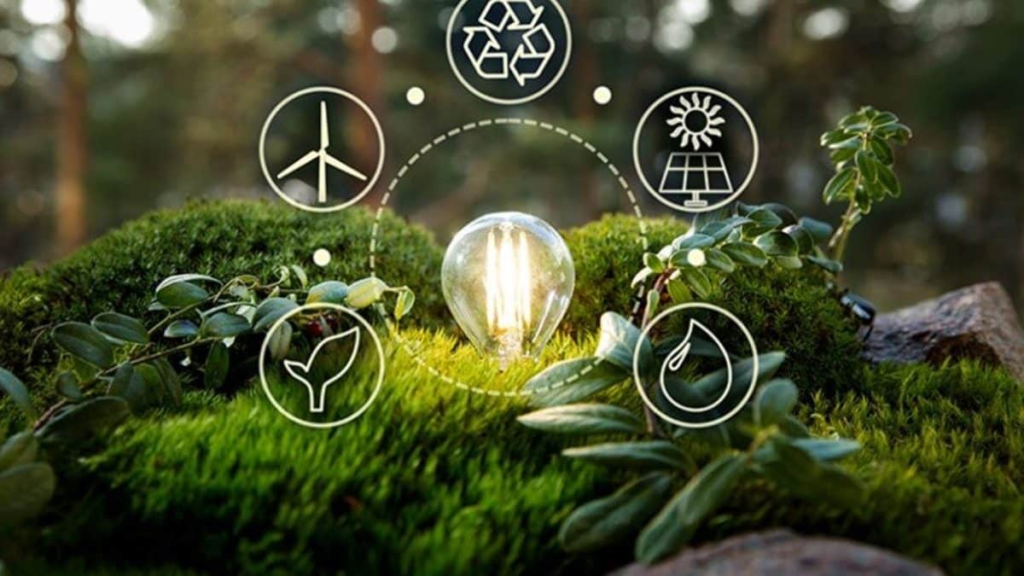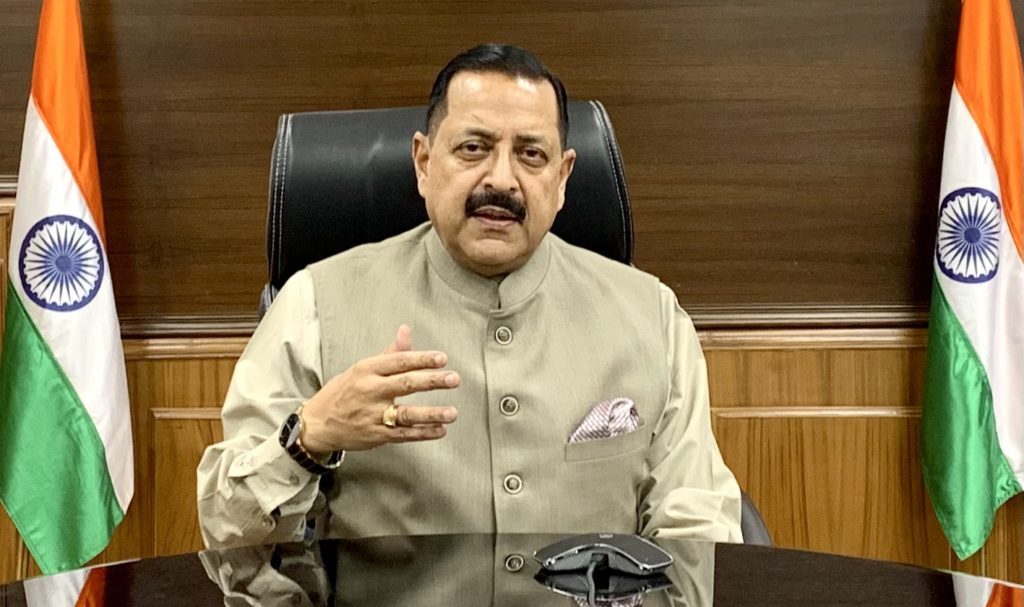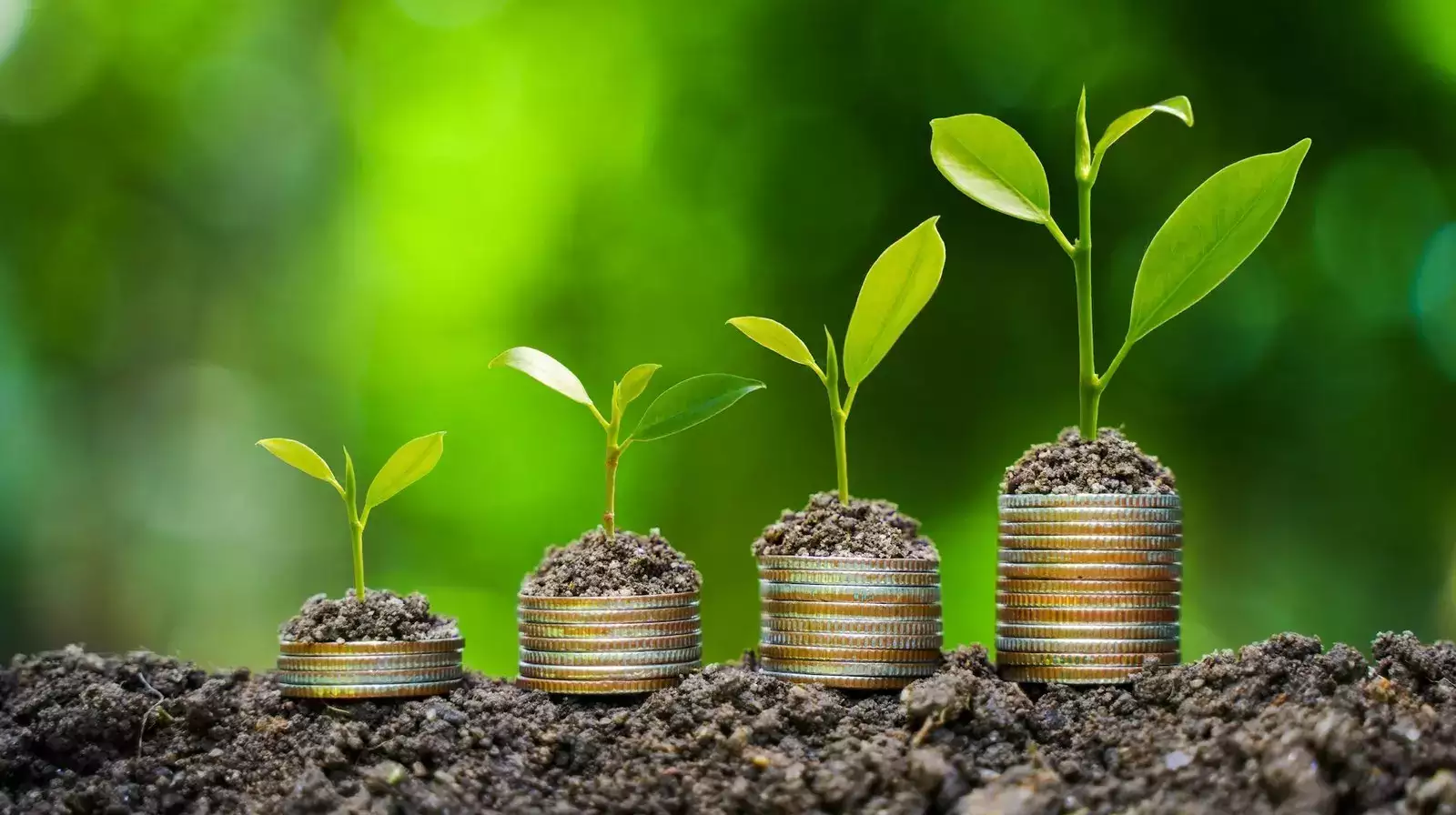India’s Bioeconomy is set to witness a remarkable transformation as it steadily progresses towards an ambitious goal: achieving a value of $300 billion by 2030. With a significant rise in the country’s biotechnology sector and a focus on sustainability, India is positioning itself as a global leader in biotechnological innovation.
The inauguration of India’s first demonstration facility for biopolymers in Pune marks a pivotal moment in this journey. Union Minister Jitendra Singh’s vision for the country’s bioeconomy reflects India’s commitment to environmentally friendly solutions, including the transition from traditional plastics to sustainable bioplastics.
This expansion, bolstered by governmental policies and partnerships between industry and academia, signifies a new era of economic growth grounded in sustainability.
Growth of India’s Bioeconomy
India’s bioeconomy has seen exponential growth in recent years, with its value surpassing USD 150 billion in 2023. This rapid development has been fuelled by the government’s proactive initiatives and policies, which aim to promote biotechnology as a critical driver of economic and environmental progress.
The biotechnology sector in India ranks 12th globally and 3rd in the Asia-Pacific region, a testament to the country’s rising prominence in the field. Additionally, India’s stature as the largest vaccine manufacturer and its growing start-up ecosystem underscore the pivotal role biotechnology plays in the nation’s broader economic landscape.

Union Minister Jitendra Singh, during the inauguration of the Pune facility, highlighted India’s achievements in biotechnology, stating that the country is home to over 95 bio-incubators and has witnessed an exponential rise in biotech start-ups, from just 50 in 2014 to over 8,500 in 2023.
Read : India Ranks 105 Out of 127 Nations in Global Hunger Index 2024
This growth signifies that the bioeconomy has become one of the central pillars of India’s development strategy, with the government actively encouraging research, innovation, and the commercialisation of biotech advancements.
Read : Tesla’s Loss, Not India’s: Ola CEO on Elon Musk-Led Company Not Investing in India
Biotechnology is not only driving economic growth but also addressing some of the most pressing challenges of the modern era. India’s focus on bioplastics, for example, reflects the urgent need to find alternatives to fossil-fuel-based plastics.
The production of Polylactic Acid (PLA) bioplastics, a key focus of the Pune facility, will help reduce the environmental footprint of the plastics industry, aligning with India’s broader goals for sustainability and environmental stewardship.
Through innovations in biotechnology, India aims to offer solutions that can mitigate the effects of climate change, promote the efficient use of resources, and reduce waste.
The Role of Bioplastics in Sustainable Growth
One of the most significant steps towards building a sustainable bioeconomy is the development of bioplastics, an area where India is making strides. The inauguration of India’s first biopolymer demonstration facility in Pune signals the country’s commitment to indigenous technology and the production of bioplastics, particularly PLA.
PLA bioplastics are derived from renewable resources such as corn starch and sugarcane, making them a greener alternative to traditional petroleum-based plastics. As the world grapples with the consequences of plastic pollution and the depletion of fossil fuels, India’s investments in bioplastics come at a critical time.
The production of bioplastics has several advantages, both economically and environmentally. For India, the shift towards bioplastics is not just a move towards sustainability but also an opportunity to create jobs, stimulate innovation, and reduce its dependency on imports of conventional plastics.
Union Minister Jitendra Singh emphasised the importance of bioplastics in India’s future economy, stating that biotechnology, particularly bioplastics, could place India at the forefront of the global movement towards environmentally friendly solutions.
As the world’s third-largest start-up ecosystem, India has the resources and the entrepreneurial spirit to drive forward new ideas and technologies that can transform industries.

The Pune facility serves as a symbol of this new direction, demonstrating that India has the capability to lead in the production of biopolymers. The focus on PLA bioplastics is particularly relevant as these materials can be used in various industries, including packaging, textiles, and medical applications.
As the demand for sustainable alternatives to plastics grows globally, India is poised to become a major player in the bioplastics industry. This will not only contribute to reducing the environmental impact of plastics but also open up new markets and opportunities for Indian businesses, both domestically and internationally.
BioE3 Policy and Future Prospects
The Indian government’s commitment to fostering a bioeconomy is further underscored by its ‘BioE3 Policy,’ a framework that aims to promote sustainable growth by leveraging biotechnology to address environmental challenges.
Union Minister Jitendra Singh highlighted this policy as a significant step towards sustainable development, especially in the face of pressing global issues such as climate change, the depletion of non-renewable resources, and the need for sustainable waste management practices.
The BioE3 Policy focuses on the integration of biotechnology into various sectors of the economy, encouraging innovation in areas such as bioenergy, bioplastics, and bio-based industries.
The success of the BioE3 Policy will depend heavily on the collaboration between industry, academia, and government. Partnerships between these sectors are crucial for translating innovative ideas into practical solutions. F
or instance, the Pune facility exemplifies how such collaborations can lead to the development of indigenous technologies, creating a strong foundation for India’s bioeconomy. By fostering a culture of innovation and research, the government aims to position India as a global hub for biotechnology, attracting investments and expertise from around the world.

Looking ahead, the future of India’s bioeconomy appears bright, with projections indicating that it could double in value to $300 billion by 2030. This growth will be driven by advancements in biotechnology, including the production of bioplastics, biofuels, and other bio-based products.
Moreover, as the global demand for sustainable solutions increases, India’s bioeconomy will play a critical role in addressing environmental challenges while driving economic growth. The focus on sustainability, innovation, and collaboration will ensure that India remains at the forefront of the global biotechnology landscape.
In conclusion, India’s bioeconomy is undergoing a profound transformation, fuelled by innovation, government support, and a growing demand for sustainable solutions. The country’s focus on biotechnology, particularly in the area of bioplastics, represents a significant step towards building a greener and more sustainable future.
With the BioE3 Policy providing a roadmap for the future, and the continued growth of biotech start-ups and bio-incubators, India is well on its way to achieving its goal of a $300 billion bioeconomy by 2030.
As the country continues to invest in sustainable technologies and foster collaboration between industry, academia, and government, it will solidify its position as a global leader in biotechnology and sustainable development.

